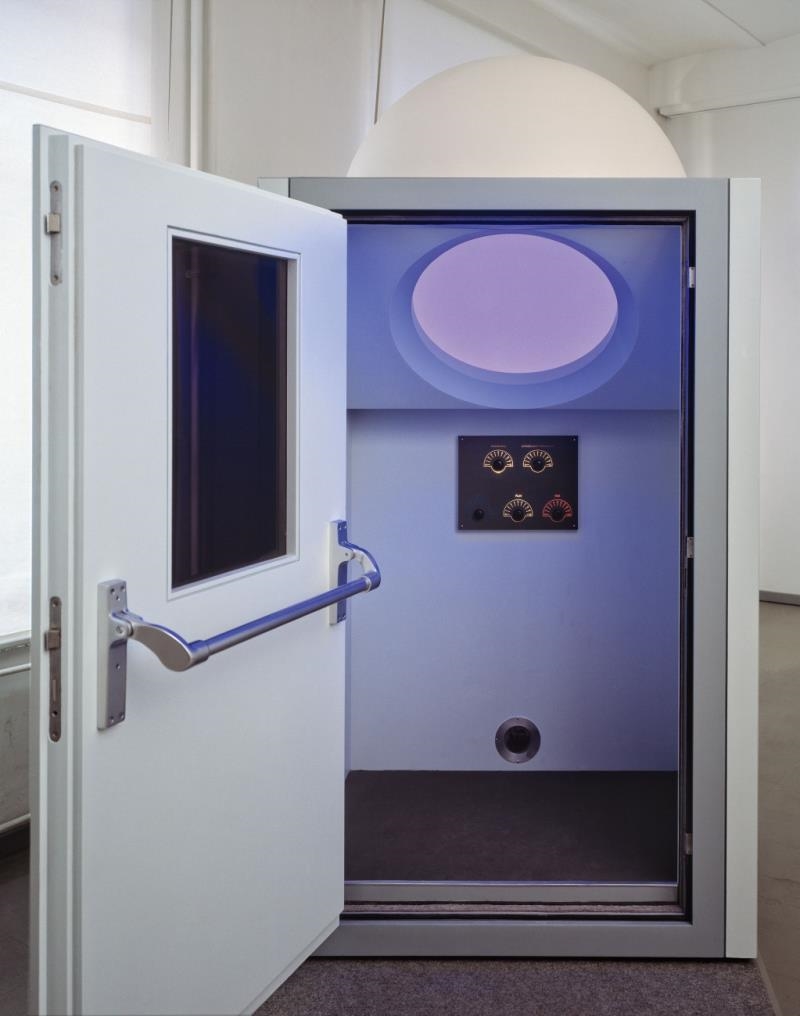Real Fiction
1. "To “contribute to the production of a habitable world,” design needs to be transformed,
expanding its scope to include speculation on how best to provide the
conditions for inhabitation."
2. ..."the result of seeing design as
having value outside the marketplace—an alternative to fine art."
設計有市場以外的價值,是另一種藝術
3. "This kind of design can only exist outside a commercial context and indeed
operates as a critique of it. It is a form of “conceptual design”—meaning not the
conceptual stage of a design project, but a product intended to challenge preconceptions
about how electronic products shape our lives."
那麼,concept design 是什麼?
4. "The challenge is to blur the boundaries between
the real and the fictional, so that the visionary becomes more real and the real is
seen as just one limited possibility,..."
現實: 一種意識形態產品,通過大量消費的非批判設計
5. "The gallery became a “bracketed space,” an abstract
setting, disconnecting the experience of engaging with the work from
everyday life."
6. "One of James Turrell’s projects, Perceptual Cells, offers an interesting solution
to this problem."
The Alien Staff by Wodiczko :
7. "The space of the model lies on the border between representation and actuality. .... It claims a certain autonomous objecthood, yet this condition is always incomplete. The model is always a model of. The desire of the model is to act as a simulacrum of another object, as a surrogate which allows for imaginative occupation."
8. "This fictiveness enables it to function critically, by highlighting the boundaries that
limit everyday experience."
9. "Experimental
furniture such as Studio Alchymia’s 1980 Bauhaus 2 range (figure
5.4) do not simulate how they would be if mass-produced, but take a form appropriate
for exhibition and consumption as one- or two-offs."
10. "They are interesting
because they do not mimic reality; they are clearly representations, “models”
comfortable with their unreality."
11. "By abandoning the technical realism of the prototype and the visual realism of
the traditional industrial design model, conceptual models in combination with
other media, can refer to broader contexts of use and inhabitation."
12. "He calls this a period
of “Permanent Avant-Garde,” the aim of which is “to restructure the market, to
develop a new ecology of the natural and artificial environment, and to create islands
of meaning that define consumption not as a category of the emphemeral
and provisional, but as a solid culture for a democratic and reformed society,
one in which a new generation of tools will be able to liberate people from uninspiring
work, encouraging mass creativity and individual freedom” "
13. "Manzini (1994) argues that, although design can neither change the world
nor create lifestyles that enforce patterns of behavior onto society, the designer
is not simply a problem solver but an intellectual able to link “the possible with
the hoped-for in visible form.”"
14. "The sci-fi genre offers a third possibility. Susani, noting how what was once
called “concept design” has now become the design of entire scenarios of objects,
refers to Apple’s 1987 “Knowledge Navigator” project as probably the first use
of video narration to present a “cultural project” (Apple Computer, 1992)."

沒有留言:
張貼留言